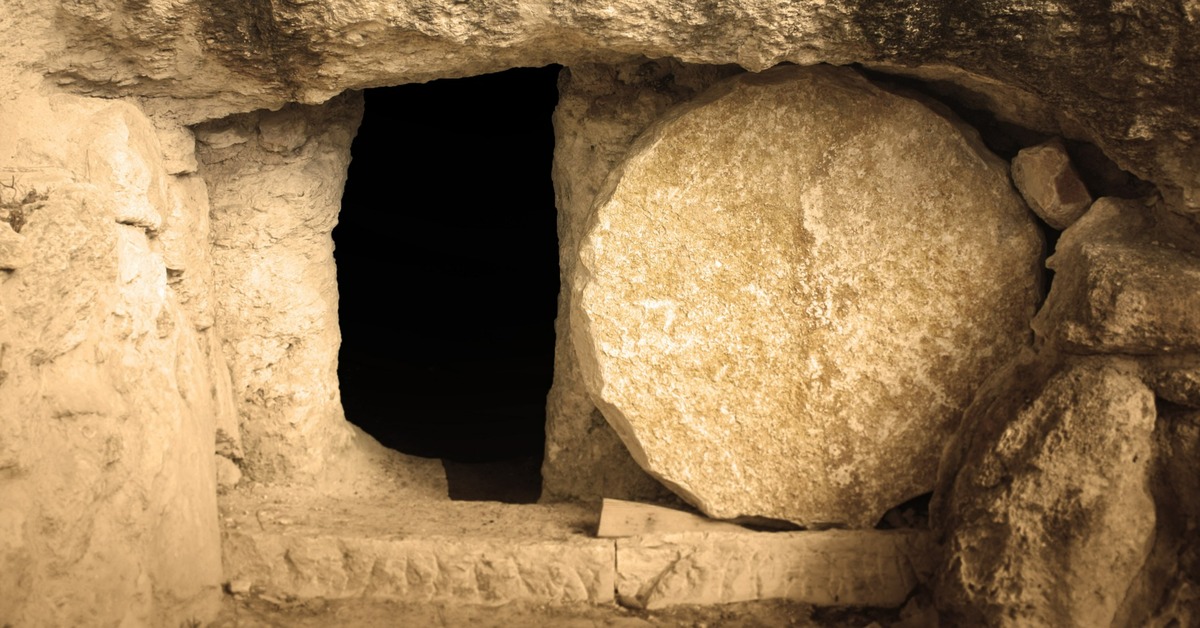And a man named Joseph, who was a member of the Council, a good and righteous man (he had not consented to their plan and action), a man from Arimathea, a city of the Jews, who was waiting for the kingdom of God; this man went to Pilate and asked for the body of Jesus. And he took it down and wrapped it in a linen cloth, and laid Him in a tomb cut into the rock, where no one had ever lain. It was the preparation day, and the Sabbath was about to begin. Now the women who had come with Him out of Galilee followed, and saw the tomb and how His body was laid. Then they returned and prepared spices and perfumes.
And on the Sabbath they rested according to the commandment.
Understanding And Applying the Text
During this first century in Palestine tombs were family tombs. The tombs carved into a hill or mountainside belonged to very wealthy families. So it is not unreasonable to assume that Joseph of Arimathea was from a very wealthy family. It is unusual that he would bury Jesus in his family’s tomb.
During the first century, the Jews in Jerusalem placed bodies in a tomb to decay. Once the body reached a point it they could dismember it they placed the bones in a small box called an Ossuary. The Ossuary was a bone box. It only needed to be large enough to hold the largest bone the femur. The Ossuary was then moved to another area to make way for another body in the tomb. They laid Jesus’ body where no other body had ever laid.
Once they placed a body in a tomb, they sealed the tomb with a large stone. They cut the stone into a large circle. There was a grove in the front of the tomb where the stone fit. This kept the stone from falling. It also made it difficult to remove.
It was almost the sabbath. So they placed Jesus’ body in the tomb with haste.
Joseph of Arimathea wrapped Jesus’ body in a linen cloth. We miss the significance of this. He had to touch Jesus. He touched a dead body. He was now unclean. He was unclean at Passover. he was unclean on the Sabbath. This meant he could not celebrate the Passover or Sabbath with his family.
Jesus was dead. Not asleep, not unconscious, not really, really sick or wounded. He was dead! And dead is dead. Joseph was a righteous man and as such he cared for Jesus body. Additionally, he did not approve of what they did to Jesus. Being righteous cost him. Be prepared to pay a price to do what is right and just.

Leave a Reply